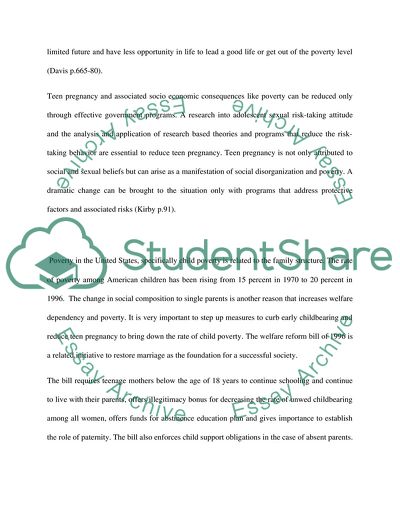Cite this document
(“Increasing the Rate of Poverty in the United States by Teen Pregnancy: Research Paper”, n.d.)
Increasing the Rate of Poverty in the United States by Teen Pregnancy: Research Paper. Retrieved from https://studentshare.org/gender-sexual-studies/1727385-is-teen-pregnancy-increasing-the-poverty-rate-in-the-united-states
Increasing the Rate of Poverty in the United States by Teen Pregnancy: Research Paper. Retrieved from https://studentshare.org/gender-sexual-studies/1727385-is-teen-pregnancy-increasing-the-poverty-rate-in-the-united-states
(Increasing the Rate of Poverty in the United States by Teen Pregnancy: Research Paper)
Increasing the Rate of Poverty in the United States by Teen Pregnancy: Research Paper. https://studentshare.org/gender-sexual-studies/1727385-is-teen-pregnancy-increasing-the-poverty-rate-in-the-united-states.
Increasing the Rate of Poverty in the United States by Teen Pregnancy: Research Paper. https://studentshare.org/gender-sexual-studies/1727385-is-teen-pregnancy-increasing-the-poverty-rate-in-the-united-states.
“Increasing the Rate of Poverty in the United States by Teen Pregnancy: Research Paper”, n.d. https://studentshare.org/gender-sexual-studies/1727385-is-teen-pregnancy-increasing-the-poverty-rate-in-the-united-states.


